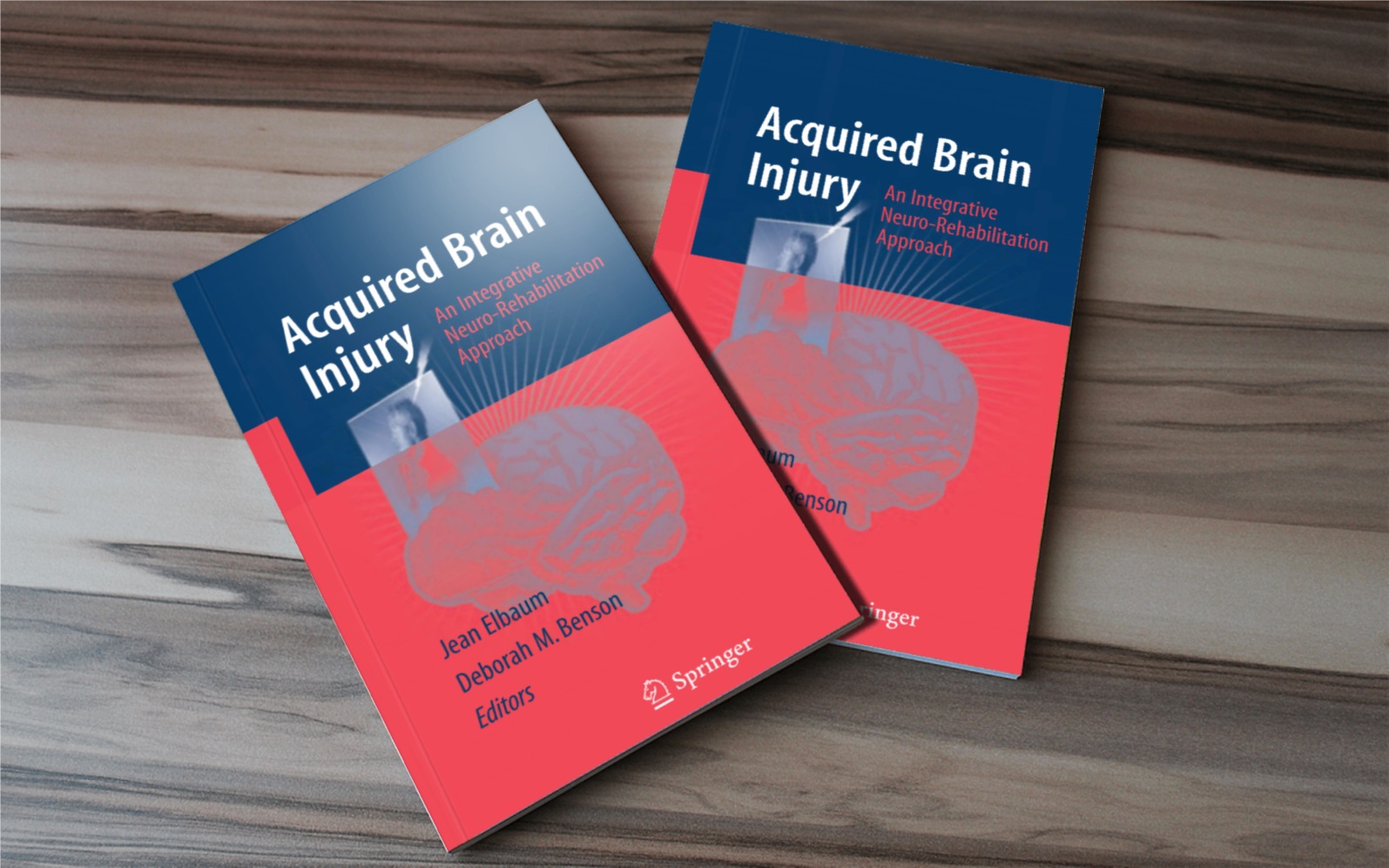Acquired Brain Injury
Acquired Brain Injury
KShs2,000.00
About the Author
Jean Elbaum, Ph.D. is the Clinical Director of “Transitions of Long Island,” the comprehensive neurorehabilitation facility of North Shore-Long Island Jewish Medical Center.
Deborah Benson, Ph.D. is the Executive Director of “Transitions of Long Island,” the comprehensive neurorehabilitation facility of North Shore-Long Island Jewish Medical Center. She is board certified in rehabilitation psychology by the American Board of Professional Psychology. She is also certified by the American Academy for the Certification of Brain Injury Specialists.
About this Book
Regardless of etiology, such as accident, tumor, stroke or assault, acquired brain injury presents numerous challenges for survivors, caregivers and treating professionals. Interdisciplinary and integrated evaluations, treatment, and management can mean the difference between successful recovery and unfortunate outcomes.
The first book to present a comprehensive team approach to rehabilitation of ABI survivors, Acquired Brain Injury gives medical and clinical specialists a deeper understanding of not only each others’ roles, but also their complementary functions.
- -The medical management of ABI—neurosurgery, neurology, physiatry—and the medical specialties involved—neuropsychiatry, neurourology, and neuro-optometry
- -In-depth discussion of the roles of occupational, speech-language, and balance therapies
- -Separate chapters on nursing, neuropsychology, and case management
- -Behavioral and emotional challenges common to individuals with ABI
- -The importance of addressing family needs
- -Long-term challenges
- -Case examples throughout illustrating a wide range of injuries, symptoms, and stages of recovery
Based on the editors’ combined experience of more than 40 years in the neuro-rehabilitation field, this comprehensive volume clarifies rehabilitation goals and processes for the physician, rehab specialist, the advanced student, and patients’ advocates. With ABI so prevalent—roughly 1.5 million new cases per year—this book couldn’t be more timely.





